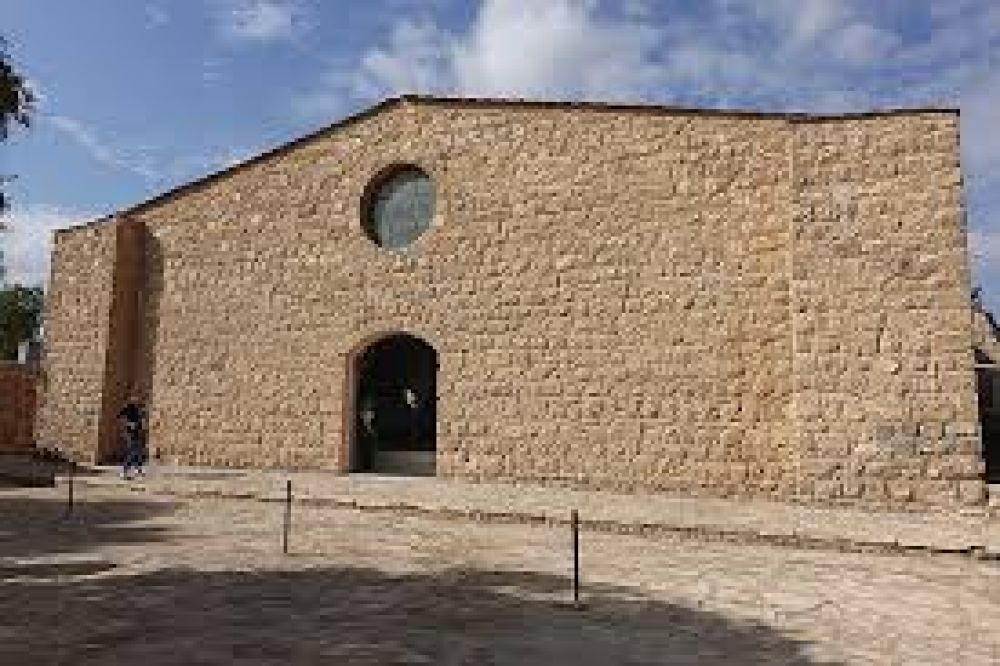

The Church of the Apostles located in Madaba, Jordan, is an archaeological and religious marvel that never ceases to fascinate visitors from all over the world. Tourism at this iconic site has a rich history, drawing in those interested in the early Christian period and majestic ancient mosaics. It provides a window into the past within the modern city of Madaba, often referred to as the "City of Mosaics."
Madaba's history as a destination for pilgrims and tourists dates back to the late 19th century, when the breathtaking mosaic map of the Holy Land was discovered in the Greek Orthodox Church of St. George. This discovery placed Madaba on the global map as a significant biblical site and a hub for historical tourism. The Church of the Apostles adds to this allure with its stunning mosaics, particularly the well-preserved masterpiece depicting the personification of the Sea of Galilee, known to many as the "Personification of the Sea."
The church itself was built toward the end of the 6th century and is dedicated to the apostles. Over the years, it has captured the interest of historians and art enthusiasts alike, with its intricate floor mosaics and remnants of early Christian architecture. Tourists are particularly drawn to the central medallion on the floor mosaic, which encapsulates an artistic rendering of Thalassa, a female figure surrounded by a circular frame representing water teeming with fish and other sea creatures.
In recent times, the Church of the Apostles stands as an essential stop on the Madaba tourist trail, contributing significantly to the country's religious tourism sector. Visitors are often part of tours that combine the church with other significant nearby sites such as Mount Nebo, the Jordan River Baptism Site, and the Dead Sea.
Efforts by both the Jordanian government and international organizations such as UNESCO have helped in the preservation and conservation of the Church of the Apostles. This ensures that the intricate artistry of the mosaics and the historical edifice remain intact for future generations to admire.
One of the latest tourism trends in the region has been the increasing use of technology to enhance the visitor experience. Augmented reality apps and virtual tours have begun to complement physical visits, allowing a broader audience to explore the historic site. Additionally, the growth of eco-tourism and sustainable travel practices is shaping how visitors engage with historical sites like the Church of the Apostles, promoting more responsible and conscientious travel.
The Church of the Apostles in Mada